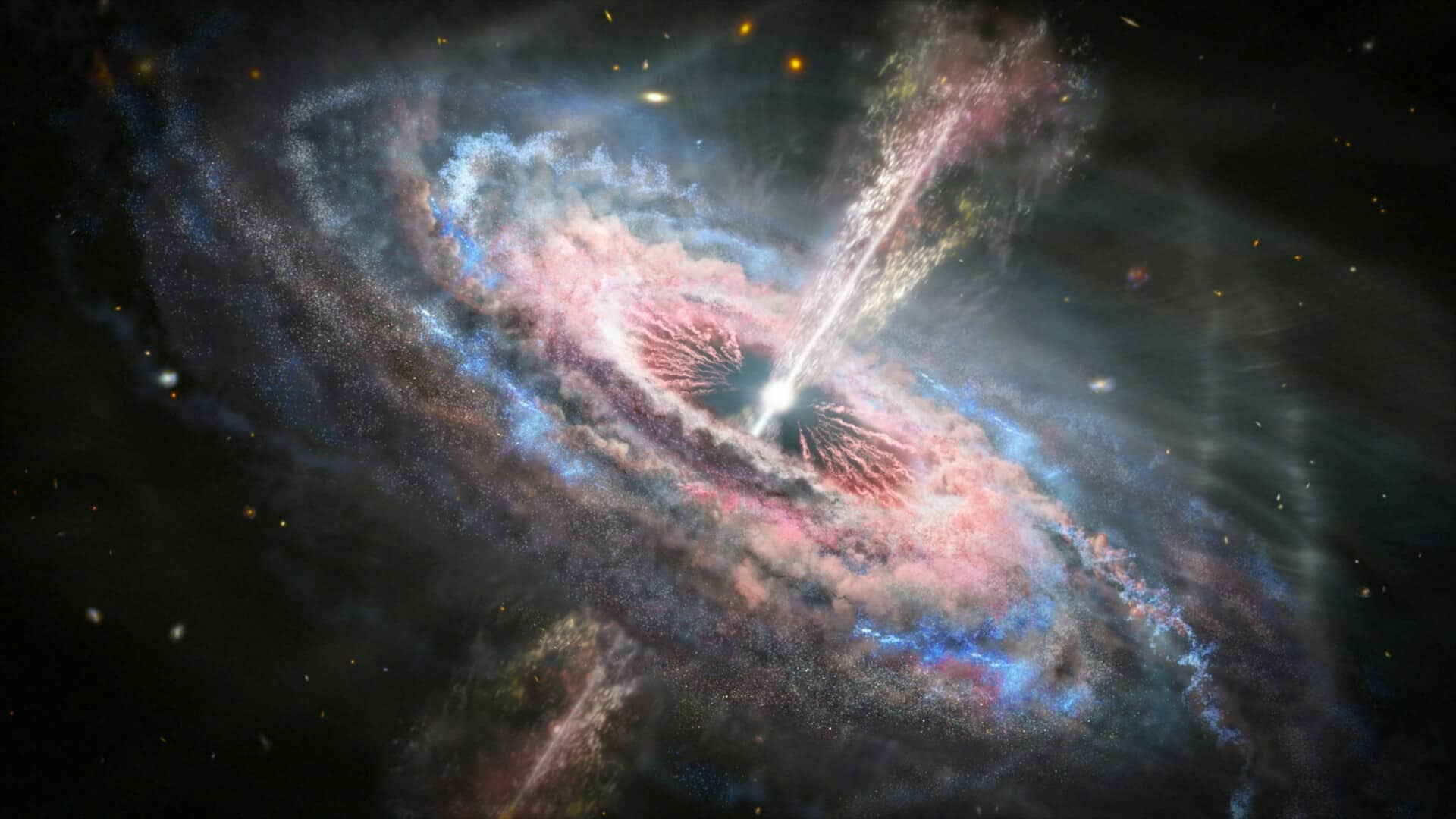
Dark matter may interact with regular matter beyond gravity: Study
What's the story
Dark matter is thought to be five times heftier than the regular matter we know of. It's like the glue that keeps galaxies intact and helps us figure out the weird ways stars move. So far, gravity was the only force we knew of that allowed dark matter and regular matter to interact. But a fresh study in The Astrophysical Journal Letters hints that they might have more tricks up their sleeves than just gravity.
Interaction
Elusive nature and gravitational influence
Dark matter gets its name from being so hard to pin down since it doesn't play nice with light at all. That's what makes it a real tough cookie to catch. But here's the twist: even though it's invisible and can't be touched, dark matter still has mass, which means it creates gravity. This gravitational pull lets dark matter mingle with regular matter in a way that scientists can actually see.
Research
Gravitational lensing and new interaction possibilities
When dark matter gathers around a galaxy, its gravitational pull can actually bend light. This bending of light, or gravitational lensing, helps us figure out where all the dark matter is lurking in the universe. But get this: a recent study hints that dark matter and ordinary matter might have more ways to interact than just through gravity.
Cosmic influence
Dark matter's role in galaxy formation and star movements
Dark matter is a big deal in our universe, making up about five times the mass of regular matter. It's like the cosmic glue that holds galaxies together and helps explain the movement of stars in ways that don't make sense if we only consider visible matter. For example, have you ever noticed how stars at the outer edges of spiral galaxies spin just as fast as those near the center? That's dark matter at work!
Galaxy study
Study on ultrafaint dwarf galaxies hints at dark matter interaction
For their research, scientists looked into six ultrafaint dwarf galaxies (UFDs) hanging out near our Milky Way. These UFDs host fewer stars than you'd think for their size, hinting they're mostly made up of dark matter. The team ran some computer simulations and found that the stars were evenly spread out across these galaxies. This distribution doesn't quite match what we'd expect if gravity was the only force at play between dark matter and regular matter.
Findings
Study results challenge current understanding of dark matter
The results from these simulations hint that gravity may not be the only force behind the interaction between dark matter and regular matter. This is a first-of-its-kind finding, and it could completely transform our understanding of dark matter and dark energy. However, there's still a lot to uncover, especially the exact cause of this interaction between the two types of matter.